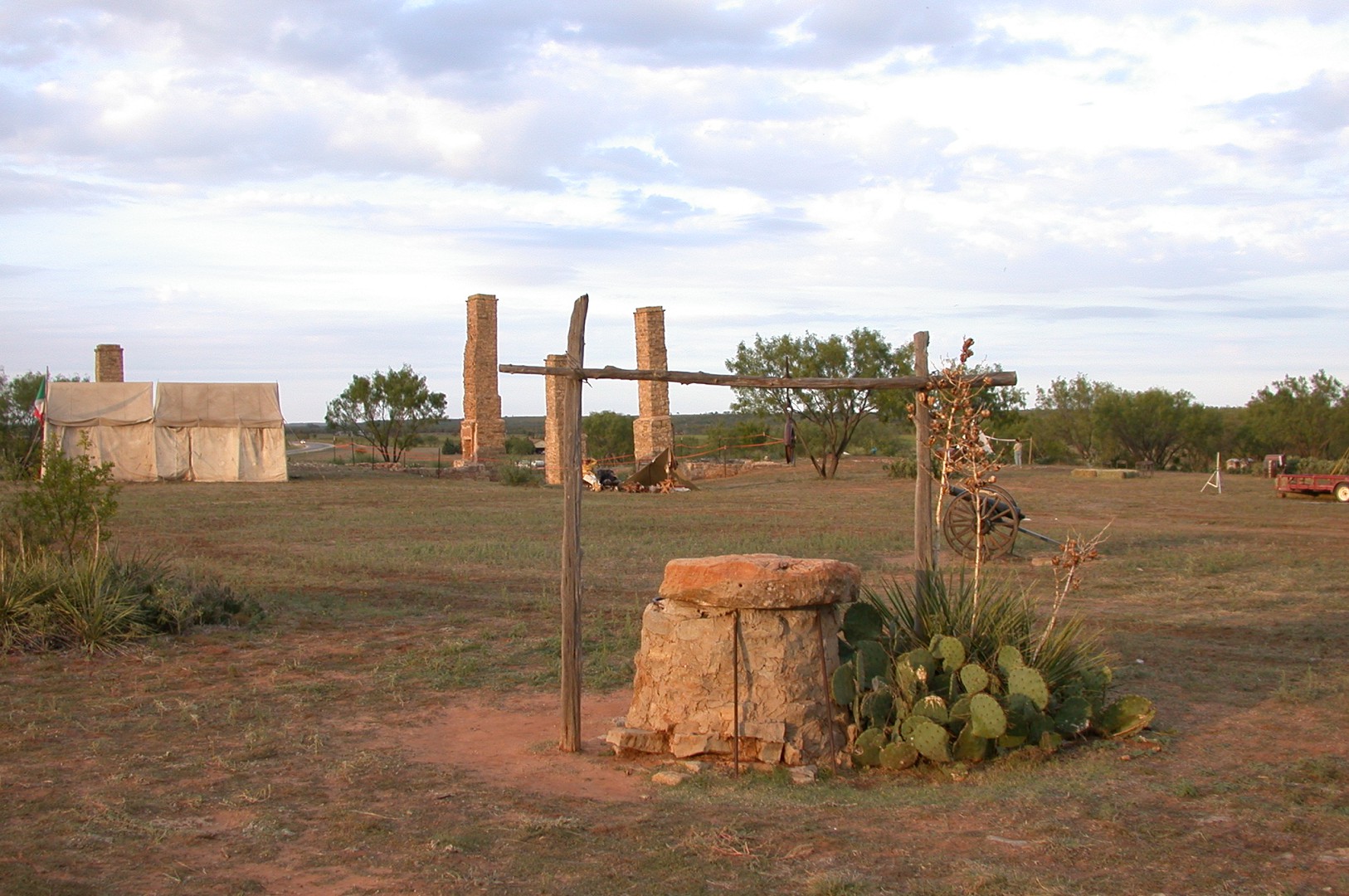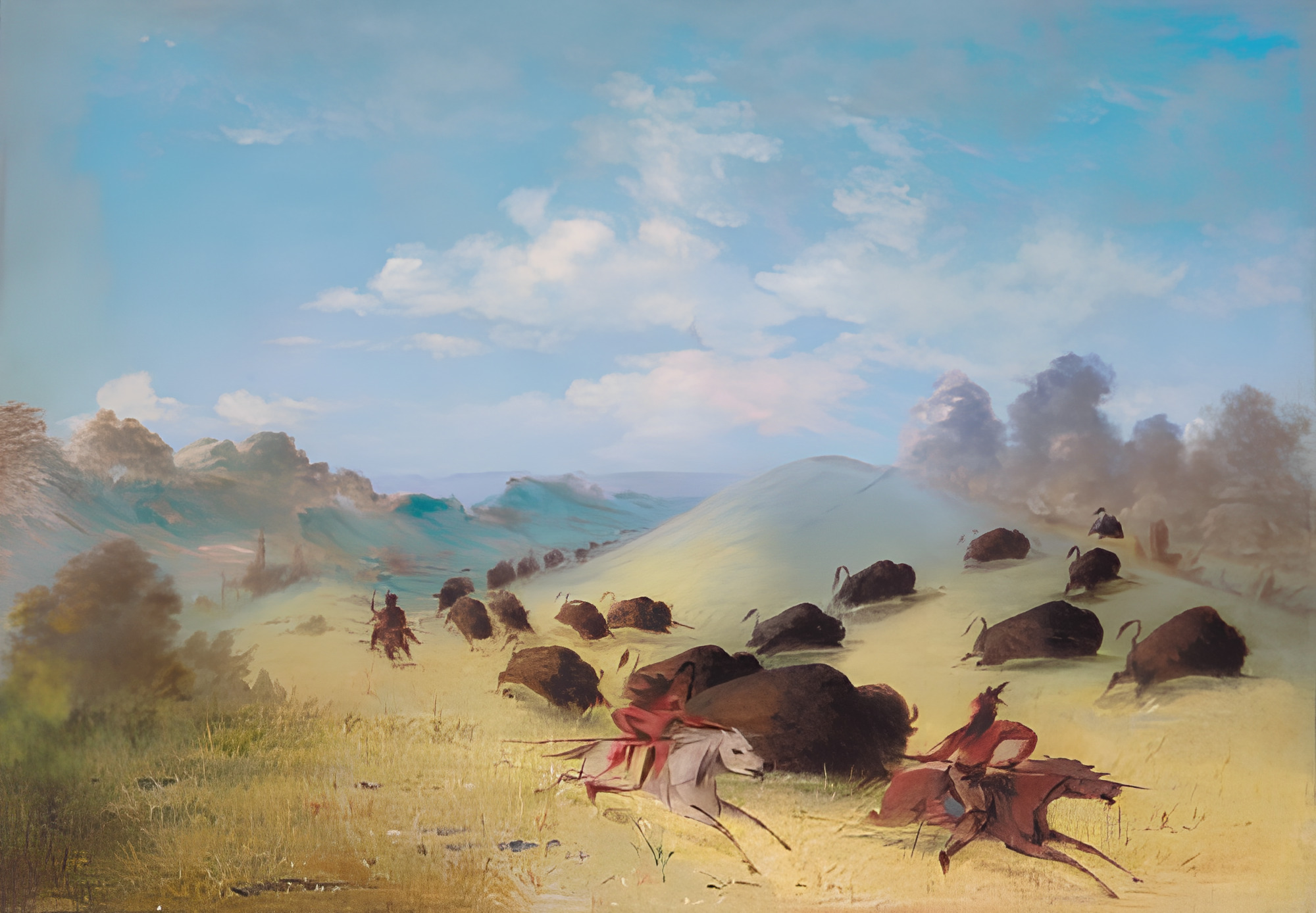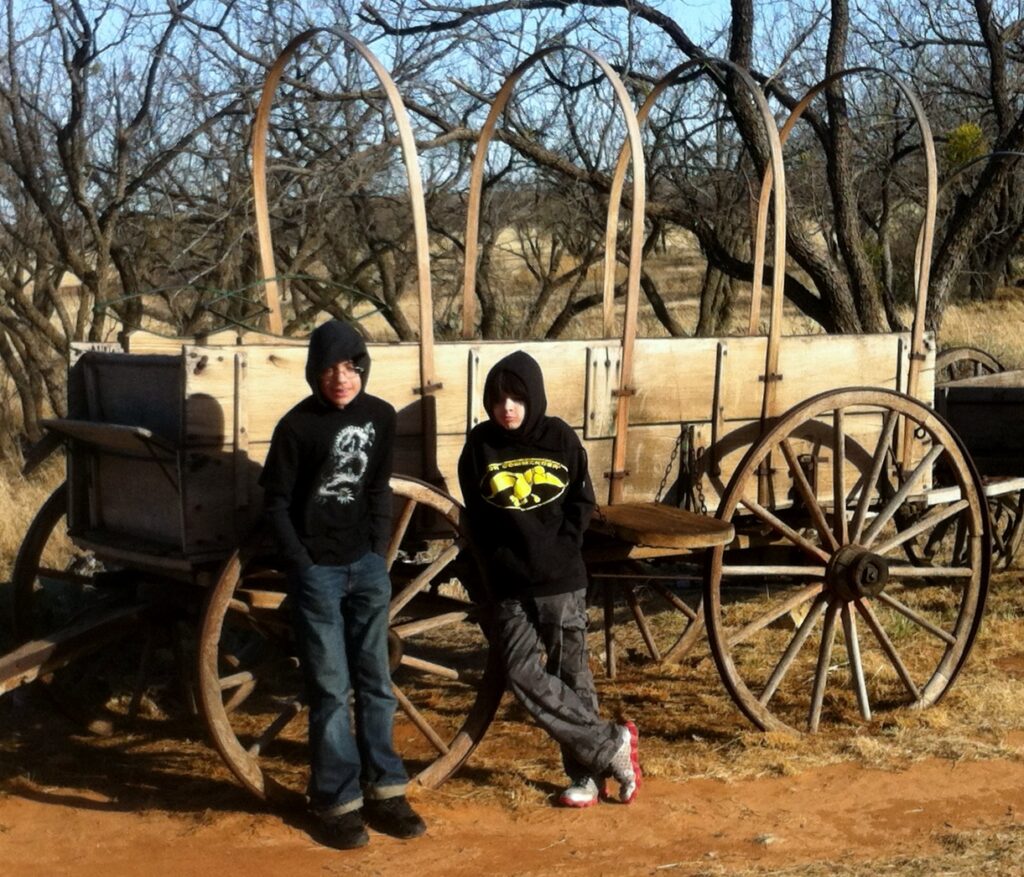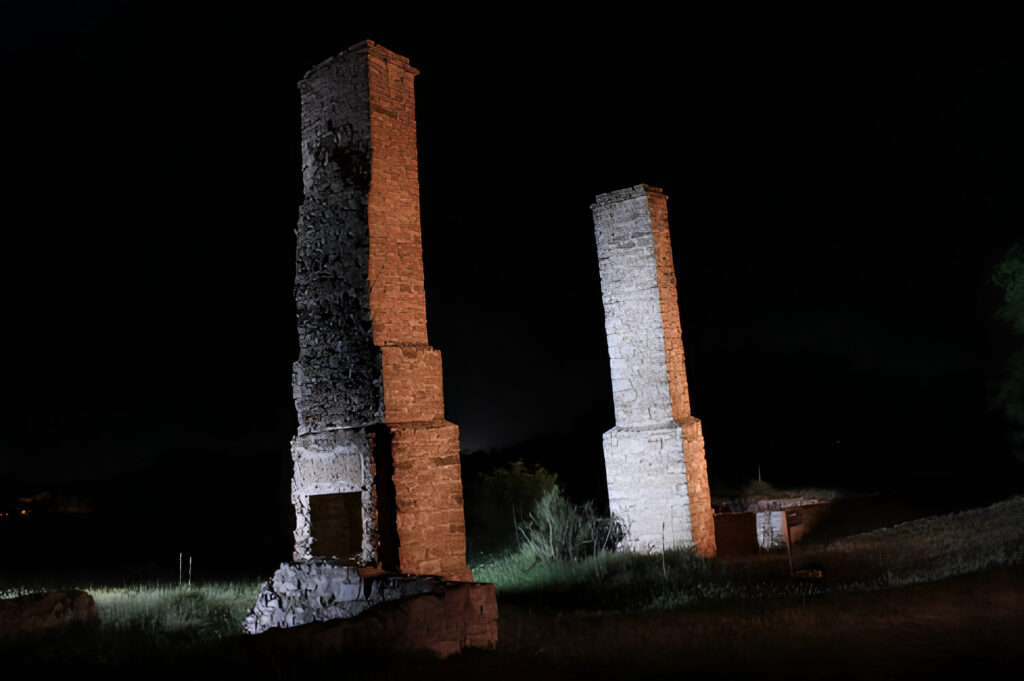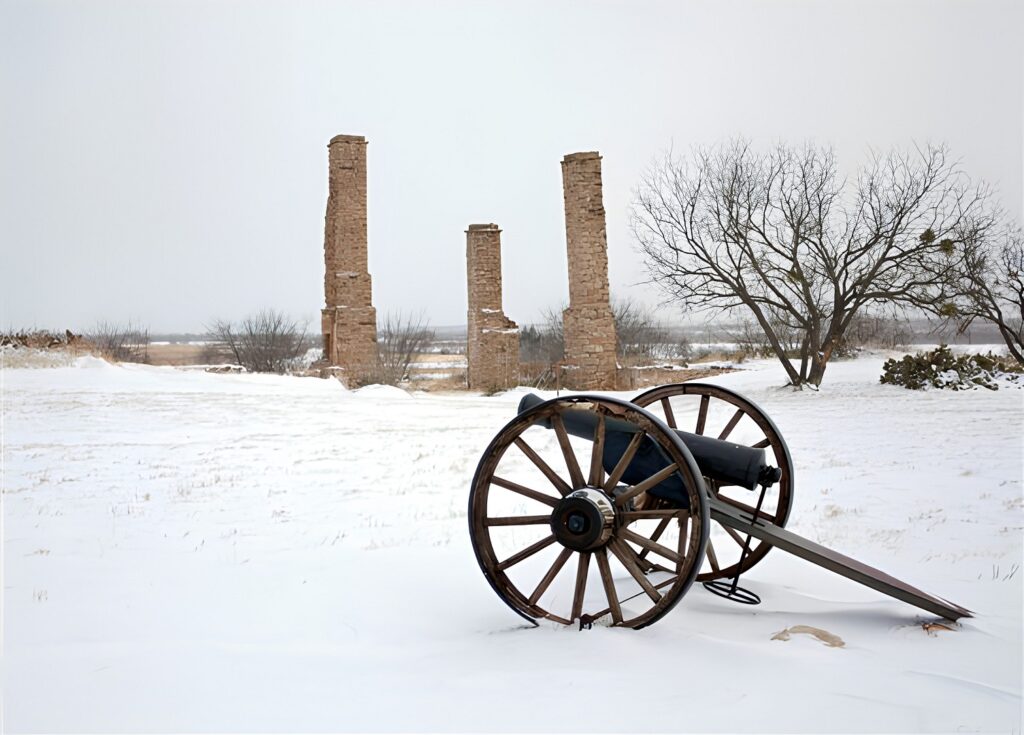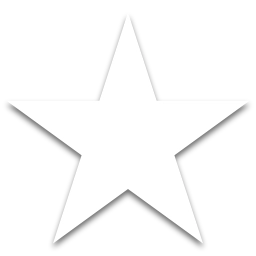The weather made life at Fort Phantom Hill even more difficult to endure.
In the winter the severe “northers” blew in with freezing temperatures. The heat in the summer was often over 100 degrees F. There was never enough rain and often not enough grass to feed the horses and cattle at the Fort. There were hailstorms and tornadoes in the spring and fall, ice and snow in the winter, and the wind seemed to never stop blowing.
Food and Water
By April of 1852, 284 officers and men were assigned to the fort. Nearly all supplies had to be brought to Fort Phantom Hill from several hundred miles away by wagon and often arrived late, if at all. The soldiers were as hungry as the animals. There was rarely enough to eat, and men were often placed in the hospital from poor nutrition. Nearly every soldier and officer stationed at the fort was sent to the hospital at least once. The clothing was outdated and in poor condition like the rest of the equipment. The water near the fort was full of minerals and tasted bad. Good water had to be hauled from a small spring four miles away. A deep well was dug in the fort compound, but it often ran dry.
Guarding the Frontier
By April of 1852, 284 officers and men were assigned to the fort. Nearly all supplies had to be brought to Fort Phantom Hill from several hundred miles away by wagon and often arrived late, if at all. The soldiers were as hungry as the animals. There was rarely enough to eat, and men were often placed in the hospital from poor nutrition. Nearly every soldier and officer stationed at the fort was sent to the hospital at least once. The clothing was outdated and in poor condition like the rest of the equipment. The water near the fort was full of minerals and tasted bad. Good water had to be hauled from a small spring four miles away. A deep well was dug in the fort compound, but it often ran dry.
